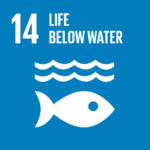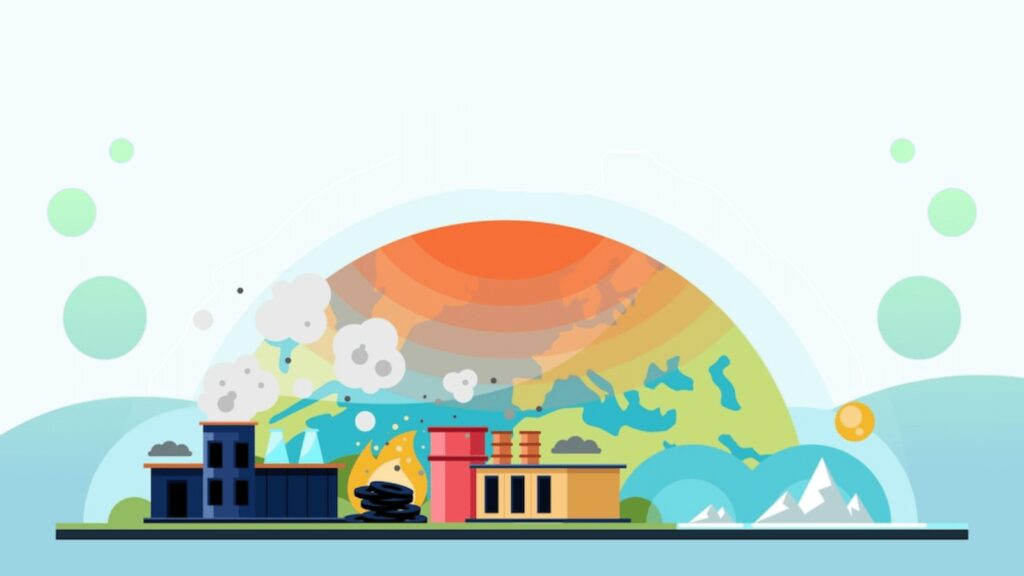This climate hackathon is about you. It’s about me. It’s about us and the Earth.
The environmental challenges are many, each with its own complexity. In some areas we have come a long way, in other areas the humanity has barely moved. Join us and hack for a sustainable future! Developers of all background and skills are welcome to participate, and we’re looking forward to your innovative contributions for an even more sustainable world.
RELEVANT SUSTAINABLE GOALS


what to Build:
What to build : A software solution (completed or a prototype) using one or more technologies from Microsoft (including but not limited to Azure cloud, Power Platform, Microsoft 365) that solves one of the following challenges:
CHALLENGE BY HUB OCEAN AND COGNITE (NORWAY):
The environmental effects of marine transport include air pollution, water pollution, acoustic, and oil pollution. The share of maritime transport emissions in global anthropogenic emissions has increased from 2.76% in 2012 to 2.89% in 2018 according to IMO’s Fourth Greenhouse Gas Study. At the same time, the demand for seaborne trade is projected to grow by 39% until 2050. Concepts like “green corridors” (specific trade routes between major port hubs where zero-emission solutions are supported and demonstrated) and “blue corridors” (critical ocean habitats for migratory marine species) are surfacing as potential solutions to enable early adoption of alternative fuels and conservation of vulnerable ocean areas.
As a participating team, we want you to develop a solution that make it easier to gain insight into current global, regional or local traffic patterns for ships, how greenhouse gas emissions are trending and how particularly vulnerable areas and marine life are affected. Such a solution can be realized as Python notebooks with visualizations, map layers and animations in GIS tools or web-apps or even mobile apps. To make the task a bit easier:
- you will be able to take advantage of both relevant data and computing power in both Azure and/or the Ocean Data Platform by HUB Ocean. In the data platform itself, you will find relevant detailed data for around 250k merchant vessels worldwide, as well as processed position data for these ships (from satellite tracking systems), high-fidelity emission estimates and low-fidelity fuel/emission-reports for the period 2020-now.
- you will be able to take advantage of large global datasets for marine protected areas, biodiversity and ports.
- you can also combine this data with a massive amount of relatively up-to-date satellite data unlocked in the Microsoft Planetary Computer. This is geospatial data that can be used in different forms or transformed and compiled into even more relevant data sets for more tailored solutions.
A Few Examples On What you could build during the hackathon:
- Visualize various “systemic inefficiencies” with related to shipping, e.g. ships “hurrying up and waiting” outside major ports or queuing outside the Panama or Suez canals
- Visualize how cruise ships are impacting UNESCO world heritage sites
- Look into conflicts between the maritime transport sector and area-based marine conservation (time spent in vulnerable areas)
You will get extra points if you manage to create solutions that give us an increased understanding the ocean’s influence on you, and your influence on the ocean. This can for example be new creative ways to create datasets (for instance image processing of satellite data to derive new datasets) or crowdsourcing data engagement/capturing by means of citizen science. This is the essence of what we call ocean literacy and an important part of the UN Decade of Ocean Science for Sustainable Development.
You’ll learn: Machine Learning/AI and IoT
Prizes: $4,500 in prizes
Submissions Open: June 7th, 2022
Judging June 9th, 2022
To solve the challenge, on June 7th we’ll provide you with an access to the complete datasets. Ship particulars (dimensions, types, fuels and more) from the Ocean Data Platform . For more information, find our here.
You may also be interested in :
Carbon Markets Could Help The Planet, But If Only Indigenous Land Rights Are Recognised!



